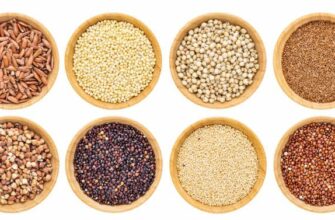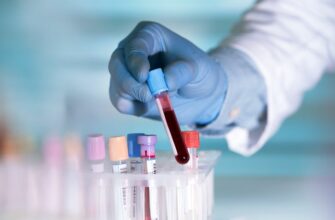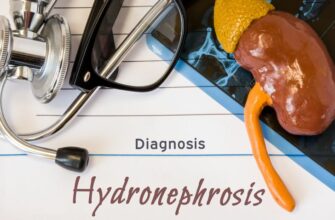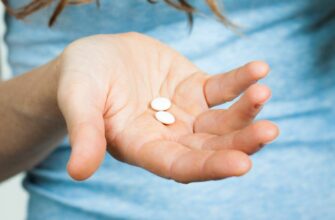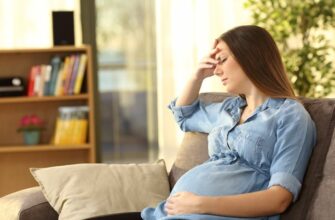Women around the world experience vaginismus, which leads to difficult or painful sex and medical exams. The condition is an involuntary spasm of the muscles surrounding the vagina that forces the opening to close. Not only are many women hesitant to report their symptoms, but medical communities have not researched or discussed this condition extensively and, as such, can overlook the symptoms and their consequences. The important thing to know is that vaginismus contractions are treatable.
Physiological Aspects
Vaginismus is a recurring, persistent issue that prevents vaginal entry of any object. The pelvic muscles contract involuntarily at the vaginal opening as the result of an actual entry attempt or due to anticipation or fear of entry pain. However, in some cases, the woman may not even realize it is happening.
Psychological Causes of Vaginismus
Although the specific cause of vaginismus is unknown, most researchers say that fear of pain is the most common reason it occurs. The muscles around the vagina tighten in response to previous pain or trauma. Sexual trauma, emotional abuse, sexual abuse, anxiety, and negative emotions around sex are some of the psychological factors that contribute to the condition.
Physical Reasons for Vaginismus
Recurring urinary tract or yeast infections are potential physical reasons for pain that leads to vaginismus. Vestibulodynia — pain around the opening of the vagina — injury during childbirth, scarring, or other abnormalities are also possible causes. Lack of lubrication and some medications may also contribute to vaginismus. However, in many cases, physicians and therapists are unable to determine a specific reason for its onset.
Symptoms
Women with vaginismus may feel a burning, stinging, or severe tightness during penetration or the attempted insertion of an object into the vagina. In many cases, these involuntary spasms prevent penetration regardless of a woman’s desire to have sex. Some women have an intense fear of pain due to past sexual activity and avoid any sexual penetration at all.
Primary and Secondary Vaginismus
Physicians diagnose primary vaginismus in women who have never had sexual penetration. The term indicates that there has always been a history of pain or tightness in the vaginal muscles that prevented insertion. Secondary vaginismus means there was prior successful vaginal penetration. Some women have minor symptoms, while others have more severe ones. They may avoid any form of sexual touching, tampon use, or gynecological exams.
When it Begins
Although there are no exact estimates for the number of women who have vaginismus, research shows that the condition usually begins in the teens or early twenties. It often coincides with a woman’s first sexual intercourse experience, pelvic exam, or a first-time insertion attempt with a tampon. Some females develop the condition later, even though they previously had normal sexual interactions.
Pelvic Exam Pain
A woman may feel pressure from the speculum during a pelvic exam, but she should not feel pain. For those with vaginismus, the spasms can close the vagina and internal examination may not be possible. If the vaginismus is the result of a history of sexual abuse or trauma, the woman should share this with her physician before the exam, preferably during an initial consultation.
Diagnosis
To determine an accurate diagnosis, the physician first considers the woman’s complete medical and sexual history from childhood to the present. A pelvic examination confirms the diagnosis. Because the exam can be difficult, the doctor may take additional steps, including moving slowly, describing their actions, and informing the patient why they are performing each part of the examination.
Treatment and Prognosis
Vaginismus is a complex condition that requires a combination of physical therapy, relaxation exercises, counseling, and education for successful treatment. Vaginal dilation exercises, along with sex therapy counseling sessions, can help women become less sensitive to vaginal penetration. Many patients respond well to this type of treatment. Others find ways to enjoy sexual stimulation without penetration.
Research
Ongoing research seeks additional factors that contribute to vaginismus. Some studies are currently focusing research on neurological diseases, diabetes, menopause, and metabolic syndromes and their role in the development of vaginismus. Other experts are investigating options for treating pelvic pain, which may be an effective route for those dealing with physical causes of vaginismus.

 Home
Home Health
Health Diet & Nutrition
Diet & Nutrition Living Well
Living Well More
More









